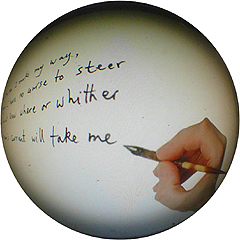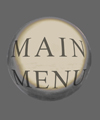
The following weekly reports cover a range of topics and offer sneak previews into what’s going on behind the scenes at Reloading Humanism.
For those interested in reading about how the author (Alexander Curtis) makes light-weight, weather-proof sculptures and thinks about sculpture generally, see weeks 7-8, 14 & 41-43 of 2023 and weeks 7-8 of 2024.
For insights on how during the Neolithic, time was followed with reference to the sun’s rising and setting at prominent points on the skyline, see week 47 of 2023. For Burns Night and why we celebrate Christmas on the wrong day, see weeks 47 & 48 of the same year.
